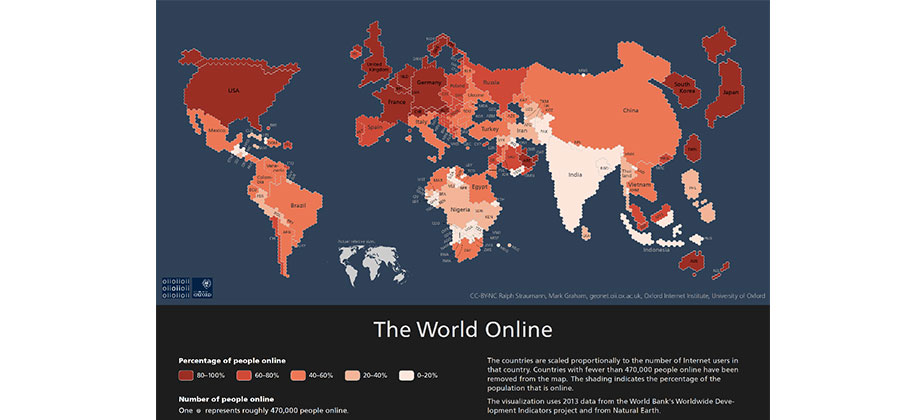


Indian Journal of Science and Technology
Year: 2020, Volume: 13, Issue: 23, Pages: 2303-2310
Original Article
Chen Zhang1 , Jian Liu2∗, Abdul Razaque Chhachhar3
1 School of Fashion Communication, Beijing Institute of Fashion Technology, 100029, China
2 School of Communication, Yunnan Normal University, China
3 Department of Media and Communication Studies, University of Sindh, Jamshoro, Pakistan
∗Corresponding author
Email: [email protected]
Received Date:29 April 2020, Accepted Date:20 June 2020, Published Date:29 June 2020
Objectives: To study on the Internet governance and effect factors of the order of cyberspace, "multi-stakeholder" governance concept and legal rules in global Internet governance. Method: Based on the literature of Internet governance theory and open source data, this study makes a critical analysis of global governance strategies in the United States and China. Findings:Since the definition of Internet governance was explicitly determined during the World Summit on the Information Society (WSIS) in 2004, the United States have proposed the "multi-stakeholder" governance concept, whereas the global Internet governance system advocated by China believes that the mode of "multilateral and democratic intergovernmental cooperation" should be promoted under the leadership of the United Nations. The paper puts forward for the first time the three most important focal points of China and the United States in the global Internet governance system, including of formulation of legal rules, the allocation of key resources, and the management of multinational institutions. This study found that the global Internet governance should carry out the transformation from IPv4 to IPv6, DNS management and other work, to prevent the root server only in the hands of individual countries. Improvement:International organizations should promote the internationalization of the Internet corporation for assigned names and Numbers (ICANN) and the Internet corporation for assigned Numbers (IANA), avoid completely excluding government agencies, and strive to promote the common cooperation of multiple global stakeholders.
Keywords: Internet governance system; legal rules; key resources; management of multinational institutions
© 2020 Zhang, Liu, Chhachhar. This is an open access article distributed under the terms of the Creative Commons Attribution License, which permits unrestricted use, distribution, and reproduction in any medium, provided the original author and source are credited.
Published By Indian Society for Education and Environment (iSee)
Subscribe now for latest articles and news.